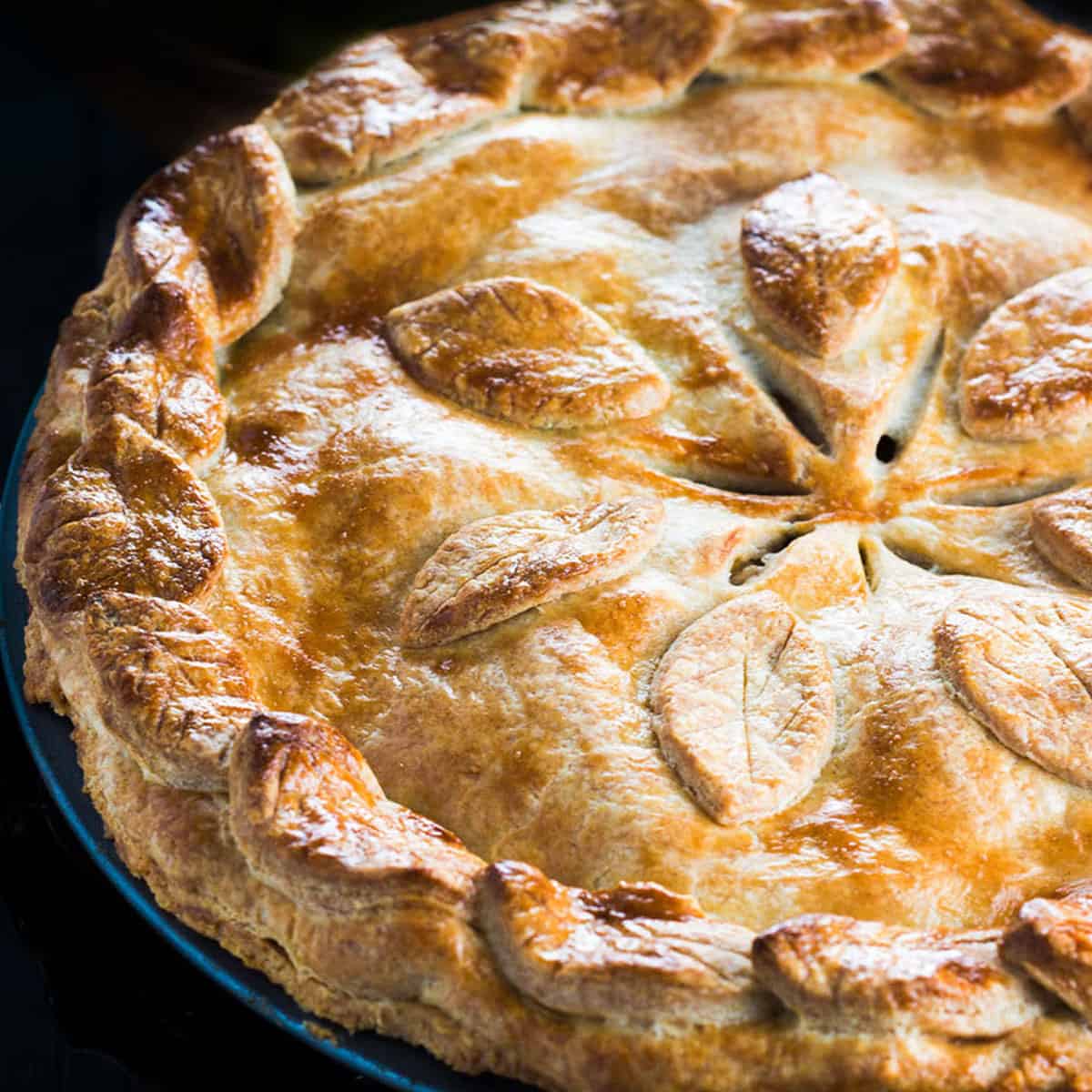
This site runs ads and generates income from affiliate links. Read my disclosure policy.
With this step-by-step tutorial, you’ll learn all you need to know on how to easily make pie crust with a food processor or entirely by hand.
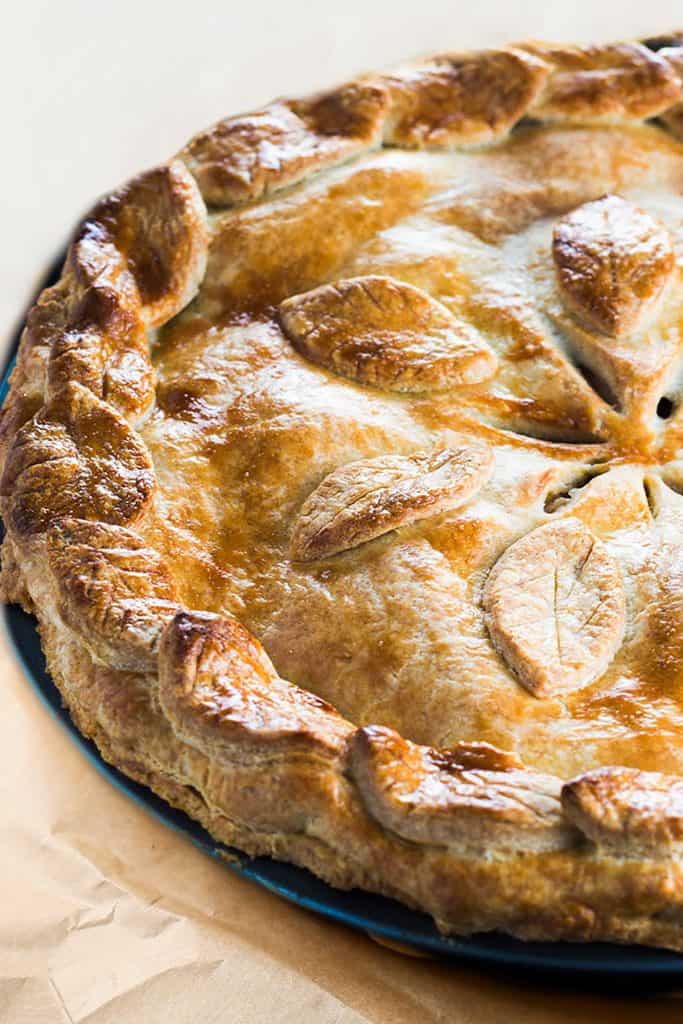
Making pie dough from scratch can seem daunting, but it’s really very easy to make. If making pie dough from scratch intimidates you, I promise you that with this guide, you’ll be a pro in no time!
I’m here to walk you through the simple steps so that you can make your own delectable pie dough entirely from scratch. Not only that, but I’m sharing my favorite pie dough recipe that’s foolproof, flaky, and filled with a buttery flavor.
Why This Recipe Works
- A combination of butter and shortening provides the best balance of flavor and tenderness. The shortening makes the crust tender and flaky, while the butter provides flavor.
- A small amount of sugar adds sweetness and helps absorb moisture giving the crust that all-important crunch.
How To Make Homemade Pie Crust
Process the flour, sugar, and salt together in a food processor until well combined (about 10 seconds).
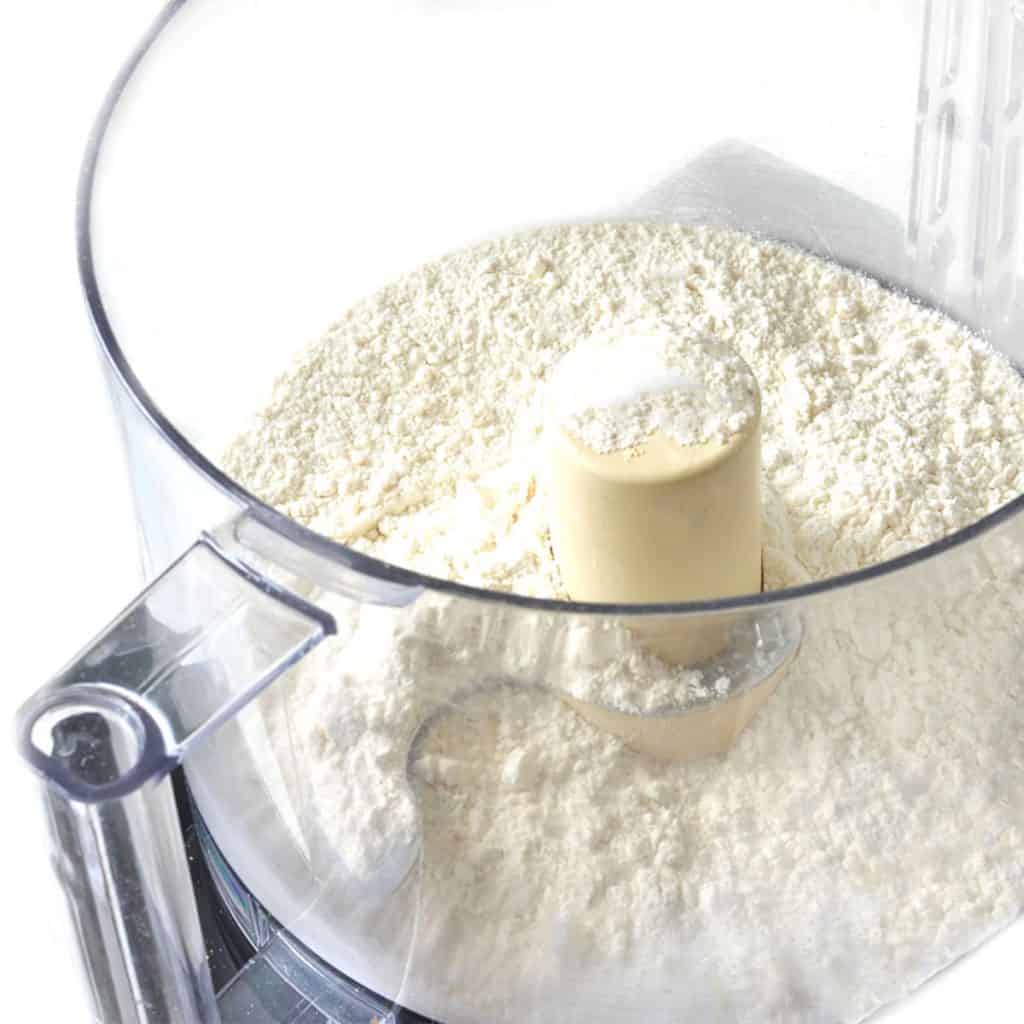
Scatter shortening and cold butter over the mixture.
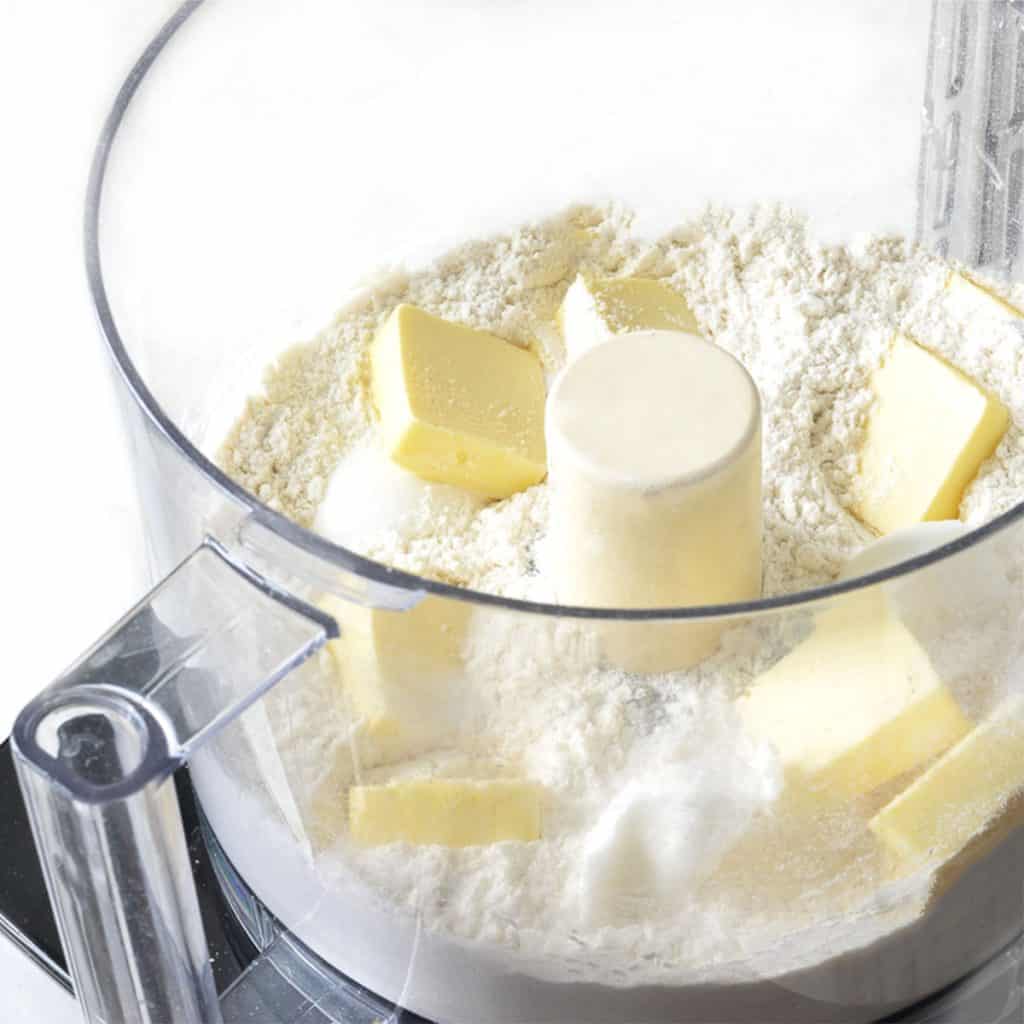
Process until it resembles bread crumbs, about 15 seconds.
To do this by hand, freeze the shortening and butter and grate it into the flour using a box grater, and rub the flour-coated pieces between your fingers until the flour turns pale yellow and coarse.
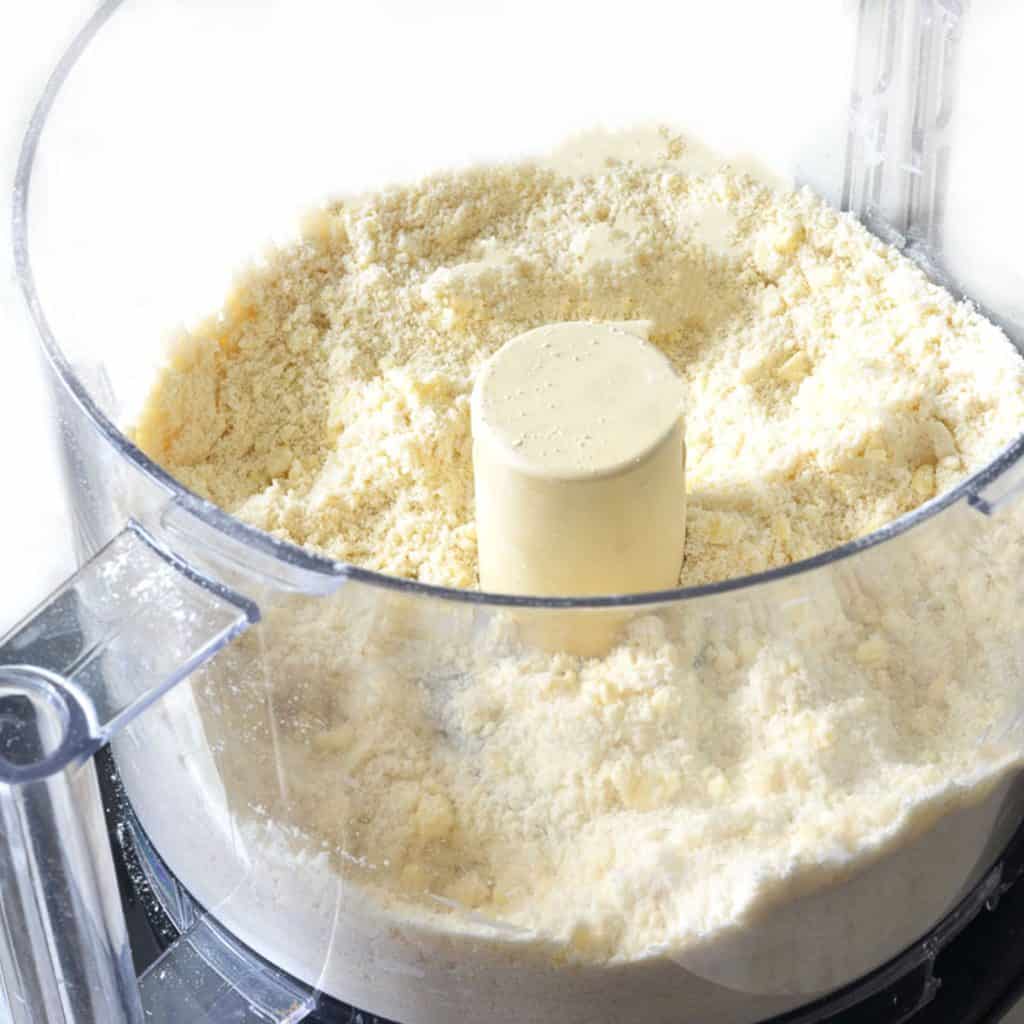
Sprinkle 6 tablespoons of ice water over the mixture and pulse until the mixture is evenly moistened and very crumbly.
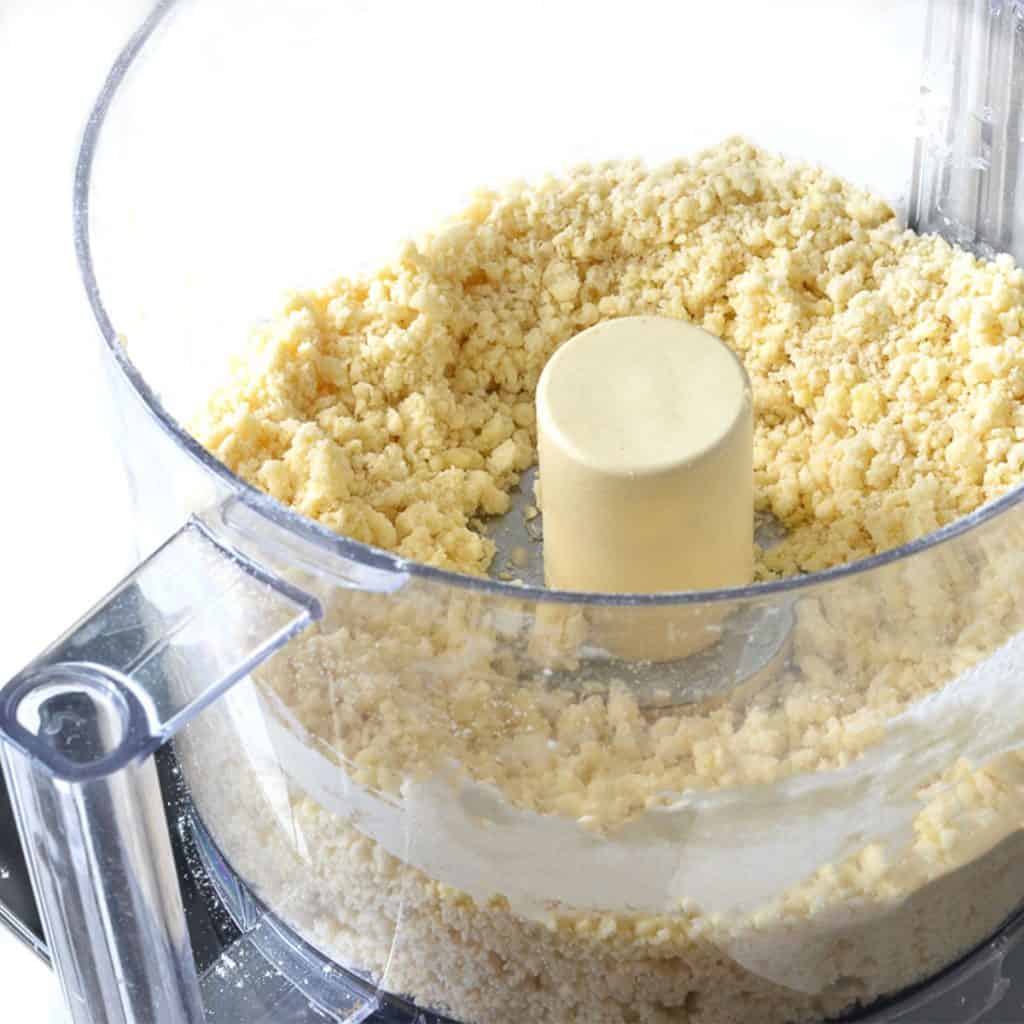
To do this by hand: Transfer mixture to a large bowl. Sprinkle 6 tablespoons of ice water over the mixture. Stir and press dough together, using a stiff rubber spatula, until dough sticks together. If the dough does not come together, stir in remaining ice water, 1 tablespoon at a time until it does.
Dump the crumbly dough out onto a clean work surface and divide it into two piles, with one pile about 15% bigger than the other. Use your hands to quickly knead the dough into a soft and malleable disk.
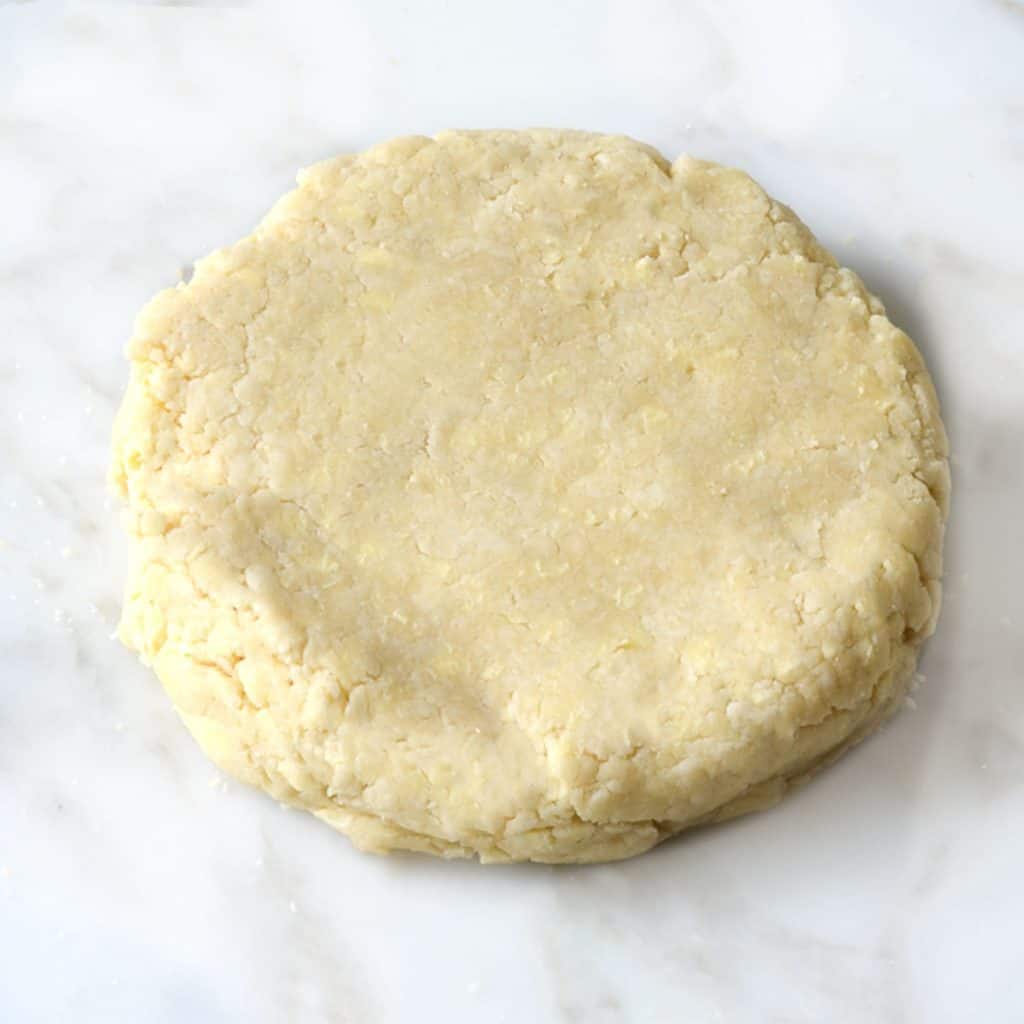
Wrap the dough disk tightly in plastic wrap, then refrigerate for at least 1 hour, or up to 3 days, until ready to roll out and use.
Rolling Pie Crust
Before rolling the dough out, let it sit on the counter to slightly soften, about 10 minutes.
The dough can be wrapped tightly in plastic and refrigerated for up to 2 days or frozen for up to 1 month.
If freezing, let the dough thaw completely on the counter before rolling it out.
Roll the disks of dough into 12-inch circles on a lightly floured surface.
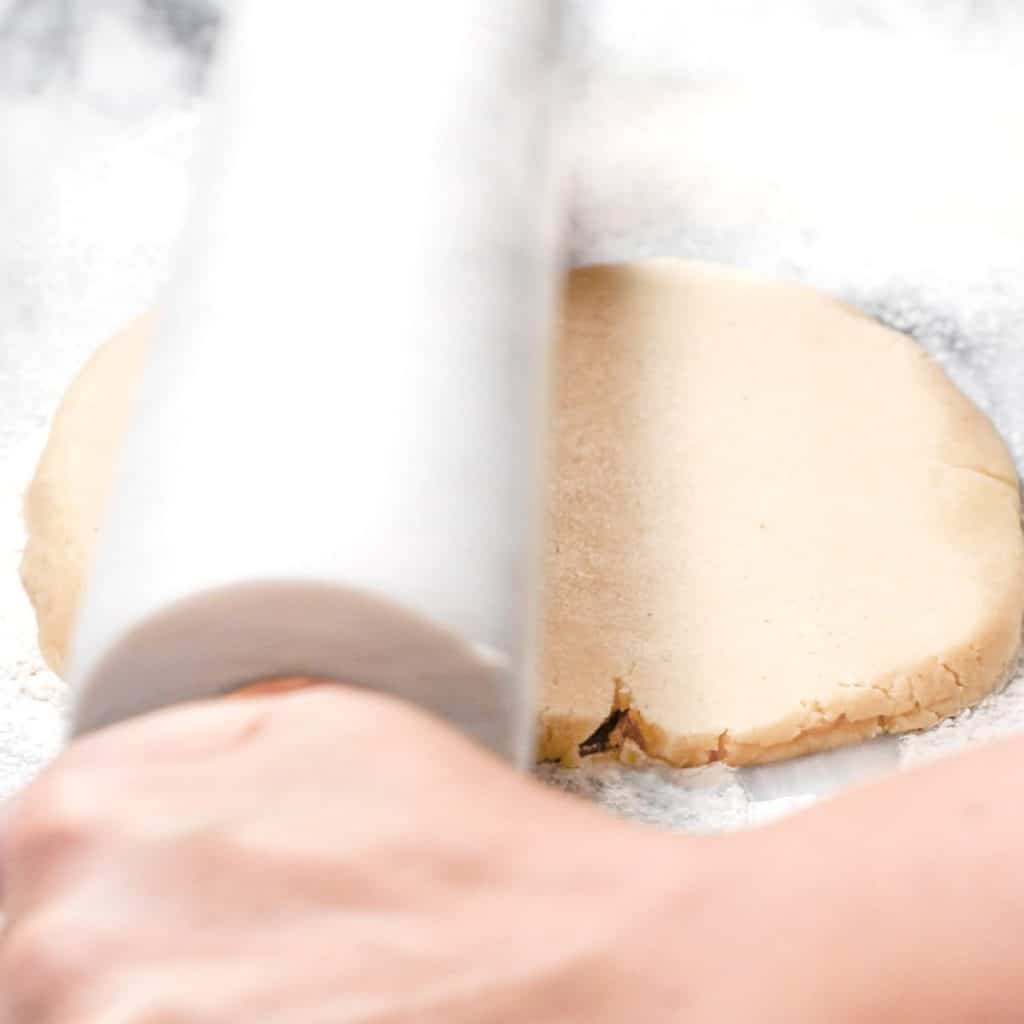
Loosely roll one round of rolled dough around a rolling pin and gently unroll it onto a 9-inch pie plate, letting excess dough hang over the edge.
Ease dough into plate by gently lifting the edge of dough with one hand while pressing into plate bottom with the other hands. Leave any dough that overhangs the plate in place. Wrap dough-lined pie plate loosely in plastic wrap and refrigerate until dough is firm, about 30 minutes.
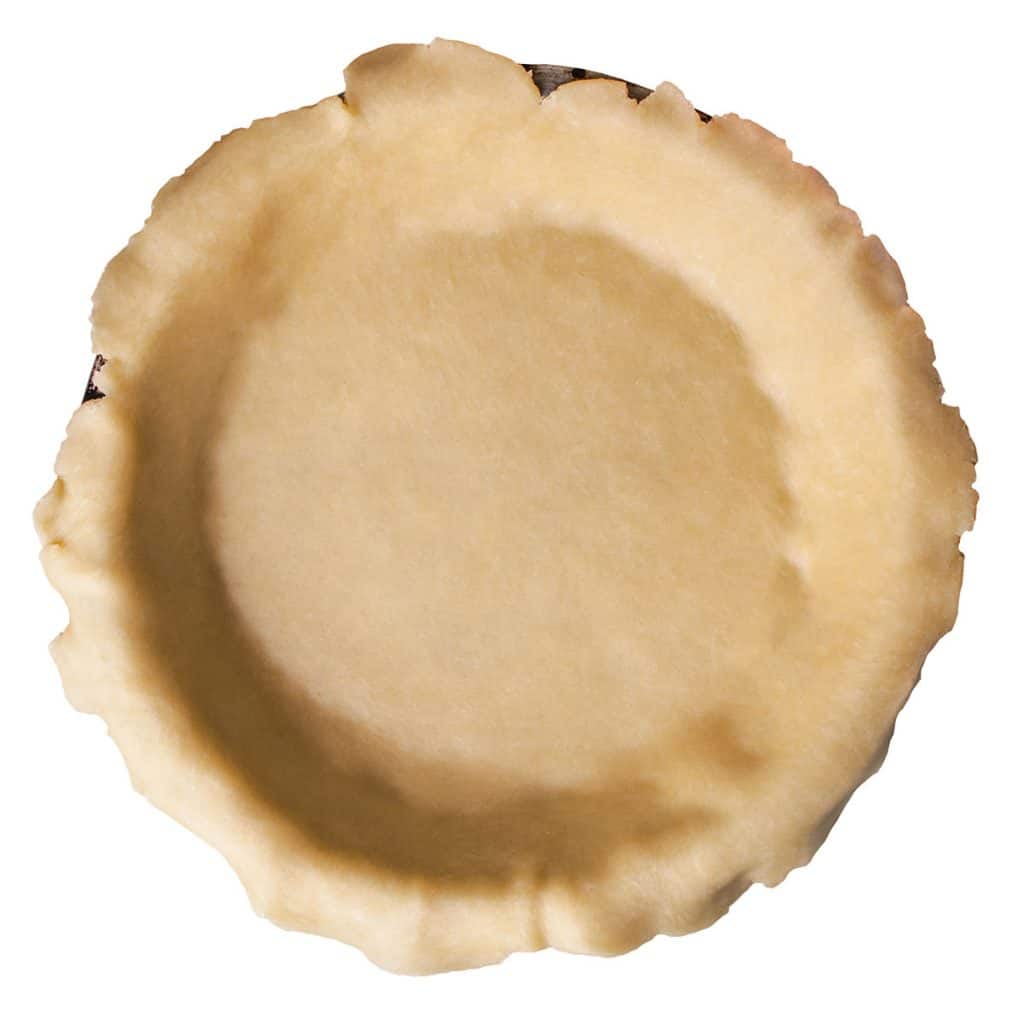
If a top crust isn’t needed, the 2nd dough disk can be wrapped tightly in plastic and refrigerated for up to 2 days or frozen for up to 1 month.
If using for a double-crust pie, roll the remaining disk of dough into a 12-inch circle on a lightly floured surface, then transfer to a parchment paper-lined baking sheet; cover with plastic and refrigerate for 30 minutes before using.
To Dock Or Not To Dock
Poking holes in rolled-out pie dough helps to prevent shrinking of the dough (this is called docking). It also allows steam to escape while baking. Without docking, the steam would build up and cause it to puff up in bubbles and cause pockets in the crust, which causes uneven baking.

Docking is simple to do. After pressing it in and shaping the edge, prick it with a fork on the surface and sides. This is done whenever you need to fully or partially bake the crust before adding the filling.
Tips For Rolling Pie Dough
- Roll & Turn – To start rolling out your disk of dough, lay it on a floured surface and roll outward from the center giving it a quarter turn every few turns. This helps to avoid sticky and makes it easier to keep it round in shape.
- Flour Well as you go by tossing some flour under the dough as needed to keep the dough from sticking
- Roll the dough out several inches bigger than the diameter of your pie pan. It should fall down into the pan easily without being stretched out (causing it to spring back and shrink when it’s baked).
- Use the rolling pin to transfer the dough – Using the rolling pin instead of your hands helps to prevent tears and warming the dough with the heat of your hands. Start at the edge and loosely roll the dough around the pin to easily move it to the pie pan then unroll it over the pan.
- To avoid a soggy bottom crust, pre-heat a baking stone topped with a sheet pan at 500°F for 10 minutes. Then change the oven temperature to what the recipe calls for before adding the pie to the oven to bake on the heated sheet pan and stone. This helps to form a nicely cooked crust and will catch any leaks from the filling. If you don’t have a stone, the heated pan in the lowest position in the oven will help a lot!
When To Blind Bake Pie Crust
Blind baking is when you pre-bake or partially bake a pie crust before filling it. Here are times this is done:
- When making no-bake pies such as custard-based, or cream pies
- Some pies call for partially baking the crust before adding the filling. This helps to prevent a soggy bottom crust.
Tips For Perfect Pie Crust
- Keep everything well chilled! In order to prevent shrinking and losing flakiness, it’s important to keep all of your ingredients as cold as possible when making pie crust. so be sure to use ice water and well-chilled butter.
- Don’t overwork the dough. It’s important to avoid (over-mixing or overworking the dough, especially when you are adding the water, forming the disk, and rolling it.
- Don’t skip resting the dough. This is an essential step. The gluten in the dough needs time to rest in between steps. This will help the pie crust from shrinking when baked.
- Avoid stretching the dough. Let the dough naturally fall into the bottom of the pie pan so that it is not stretched out. Stretching can cause the dough to shrink during baking. When rolling out and transferring the dough into a pie pan, try to avoid pulling or stretching the dough. If a hole forms or you need to extend the edges on the side, it is better to cut off and press excess dough to form a patch.
- Whisk an egg white with a tablespoon of water and brush it on the top of the dough and around the edges for a shiny golden finish.
- Dust the crust with sugar to give it a nice crunch.
Make ahead and Freezing Instructions
- The disks of dough can be wrapped tightly in plastic and refrigerated for up to 2 days or frozen for up to 1 month.
- If freezing, let the dough thaw completely on the counter before rolling it out.
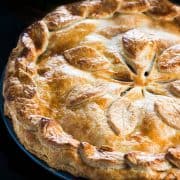
Recipe
Perfect Pie Crust
Ingredients
- 2 ½ cups unbleached all-purpose flour (plus extra for dusting)
- 3 tablespoons granulated sugar
- 1 teaspoon table salt
- 4 tablespoons vegetable shortening (chilled, cut into 1/2-inch pieces)
- 8 oz unsalted butter ((16 tablespoons/1 cup/2 sticks) chilled, cut into 1/4-inch pieces)
- 6 to 8 tablespoons ice water
Instructions
- Process flour, sugar, and salt together in a food processor until combined, about 5 seconds.
- Scatter shortening over top and process until mixture resembles coarse cornmeal, about 10 seconds.
- Scatter butter in and pulse the mixture until it resembles coarse crumbs, about 15 pulses (To do this by hand, freeze the shortening and butter and grate it into the flour using a box grater, and rub the flour-coated pieces between your fingers until the flour turns pale yellow and coarse).
- Sprinkle 6 tablespoons of ice water over the mixture and pulse until the mixture is evenly moistened and very crumbly (To do this by hand: Transfer mixture to a large bowl. Sprinkle 6 tablespoons of ice water over the mixture. Stir and press dough together, using a stiff rubber spatula, until dough sticks together. If the dough does not come together, stir in remaining ice water, 1 tablespoon at a time until it does).
- Dump the crumbly dough out onto a clean work surface and divide it into two even piles. Use your hands to quickly knead the dough into a soft and malleable disk.
- Wrap the dough disk tightly in plastic wrap, then refrigerate for at least 1 hour, or up to 3 days, until ready to roll out and use.
Tips
- Keep everything well chilled! In order to prevent shrinking and losing flakiness, it’s important to keep all of your ingredients as cold as possible when making pie crust. so be sure to use ice water and well-chilled butter.
- Don’t overwork the dough. It’s important to avoid (over-mixing or overworking the dough, especially when you are adding the water, forming the disk, and rolling it.
- Don’t skip resting the dough. This is an essential step. The gluten in the dough needs time to rest in between steps. This will help the pie crust from shrinking when baked.
- Avoid stretching the dough. Let the dough naturally fall into the bottom of the pie pan so that it is not stretched out. Stretching can cause the dough to shrink during baking. When rolling out and transferring the dough into a pie pan, try to avoid pulling or stretching the dough. If a hole forms or you need to extend the edges on the side, it is better to cut off and press excess dough to form a patch.
- Whisk an egg white with a tablespoon of water and brush it on the top of the dough and around the edges for a shiny golden finish.
- Dust the crust with sugar to give it a nice crunch.
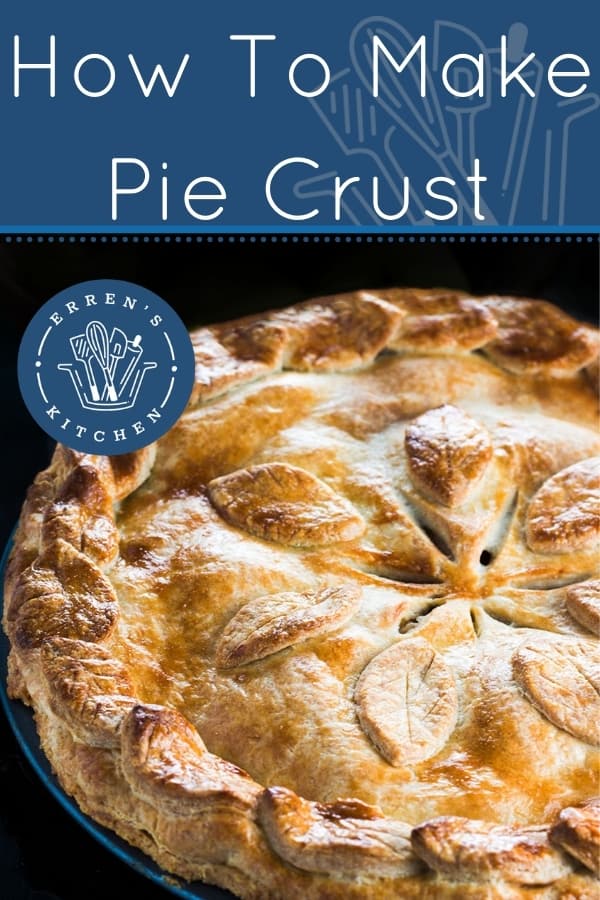
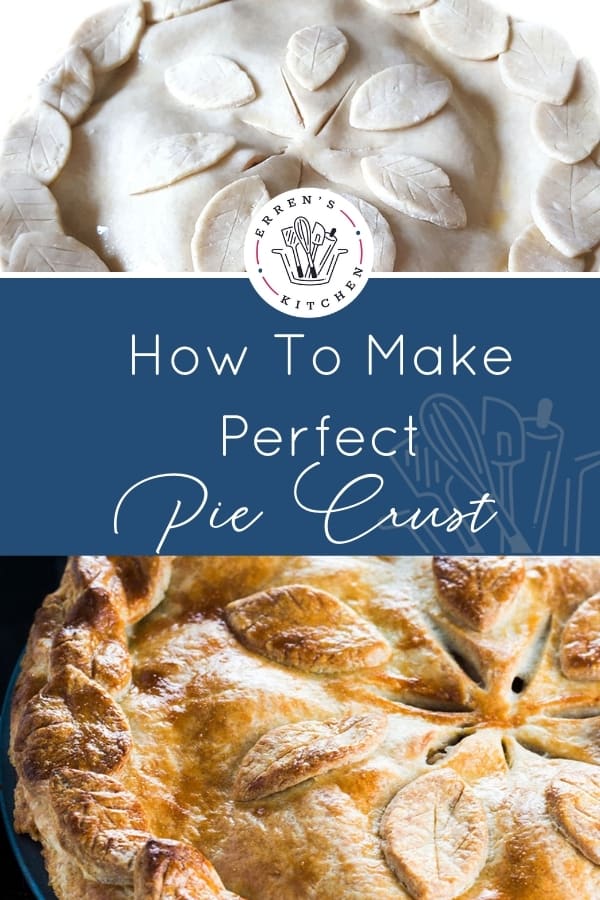
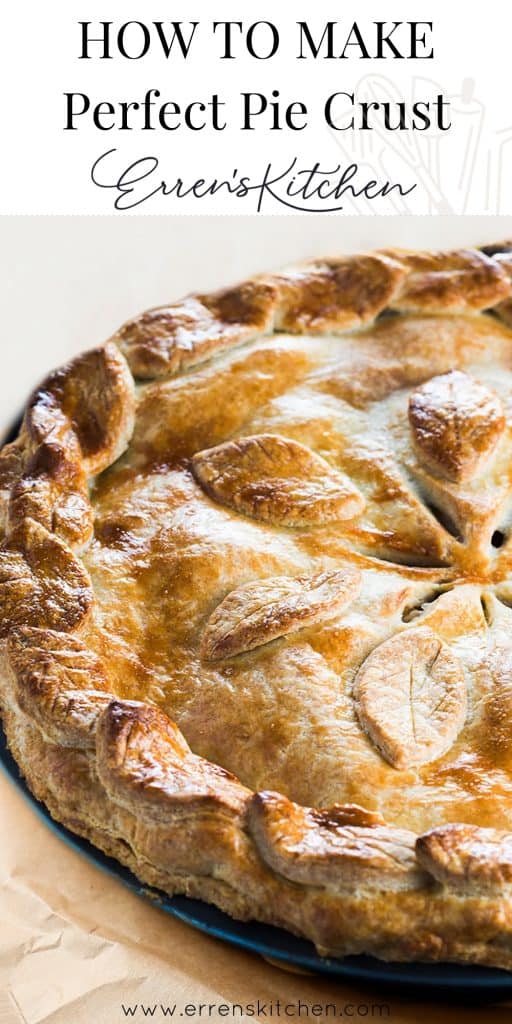
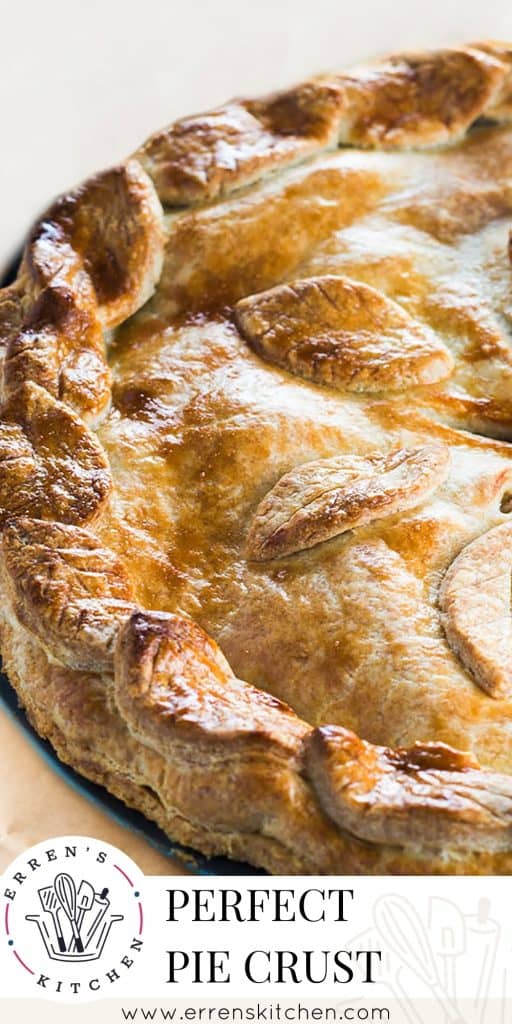

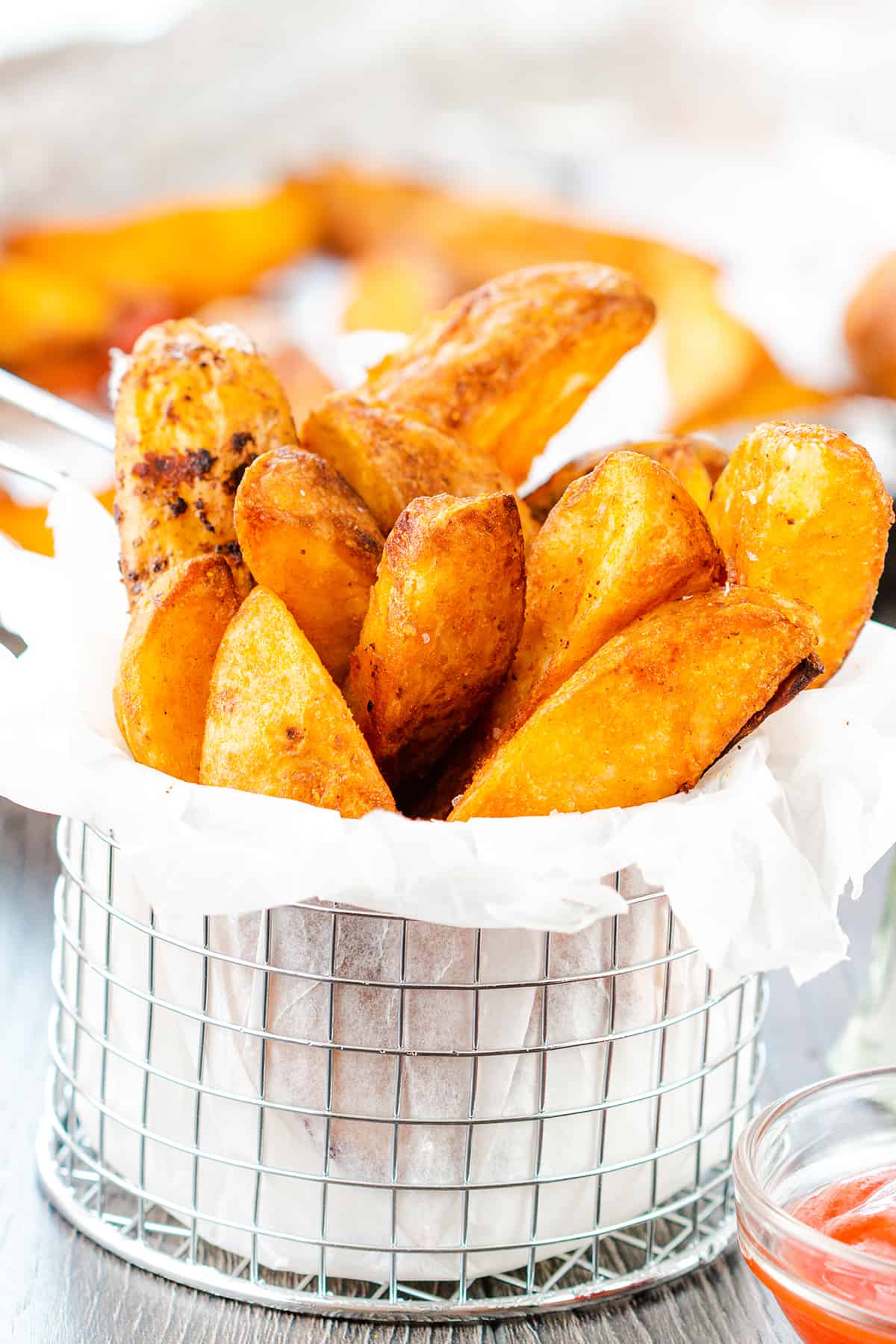
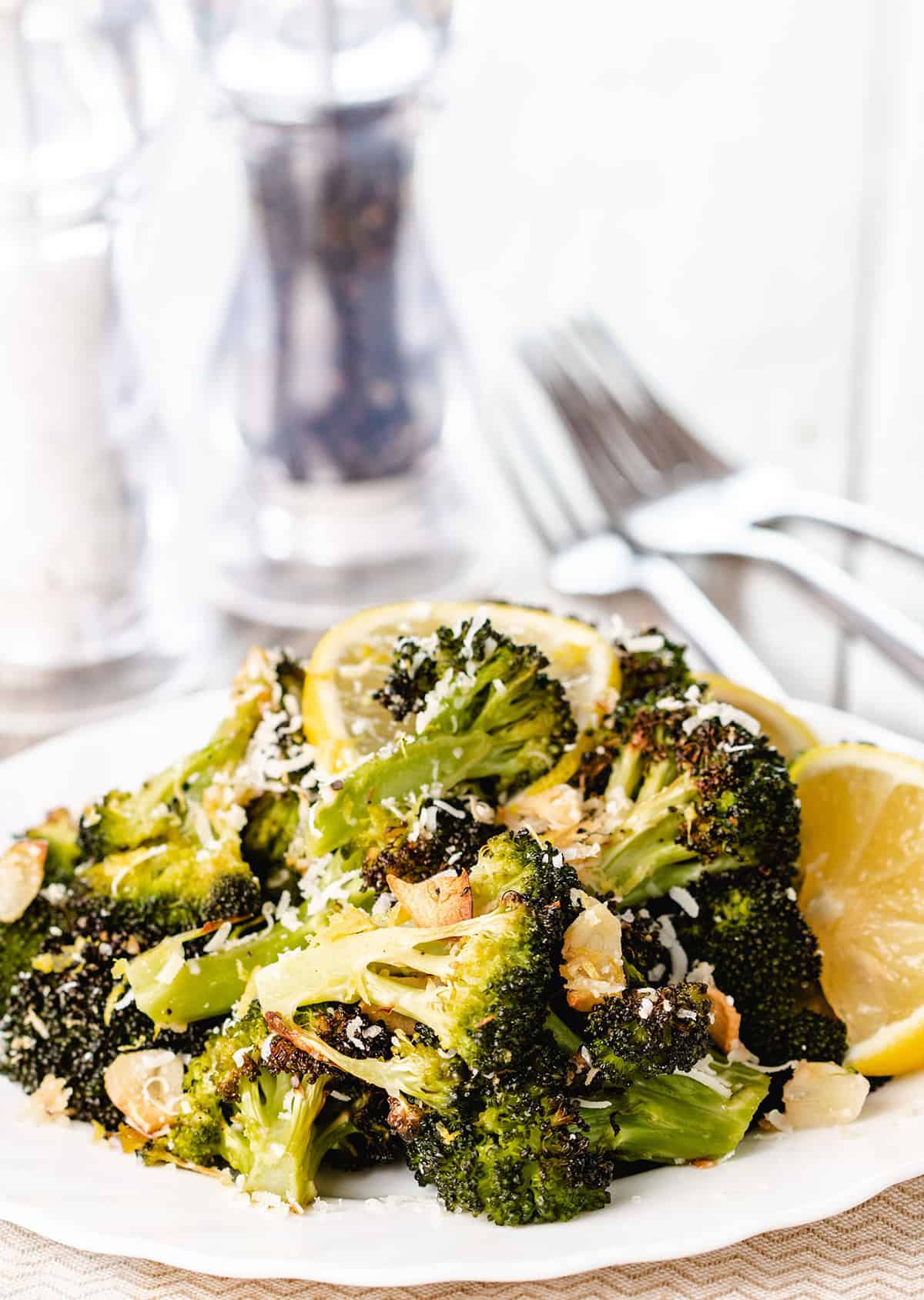
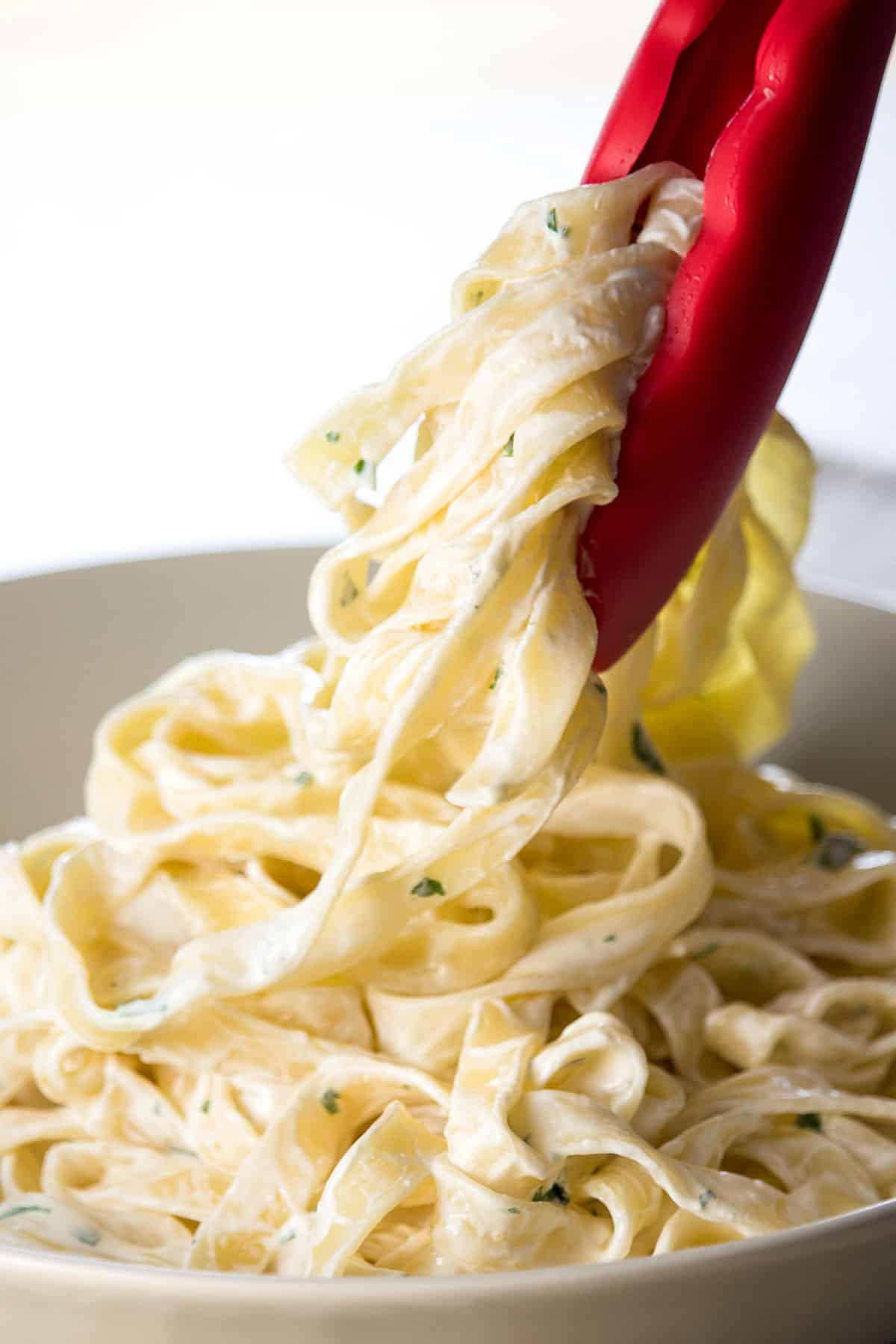
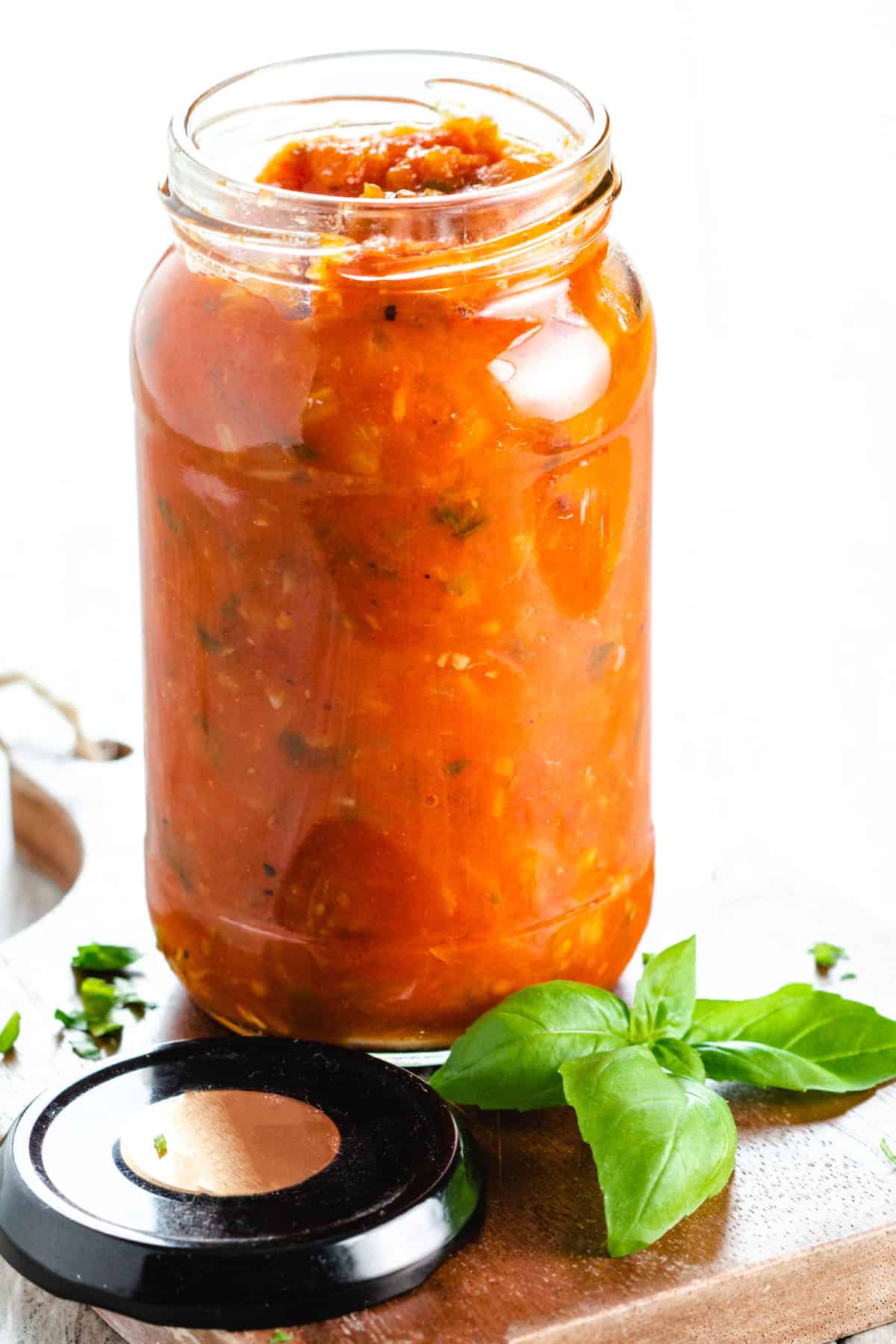
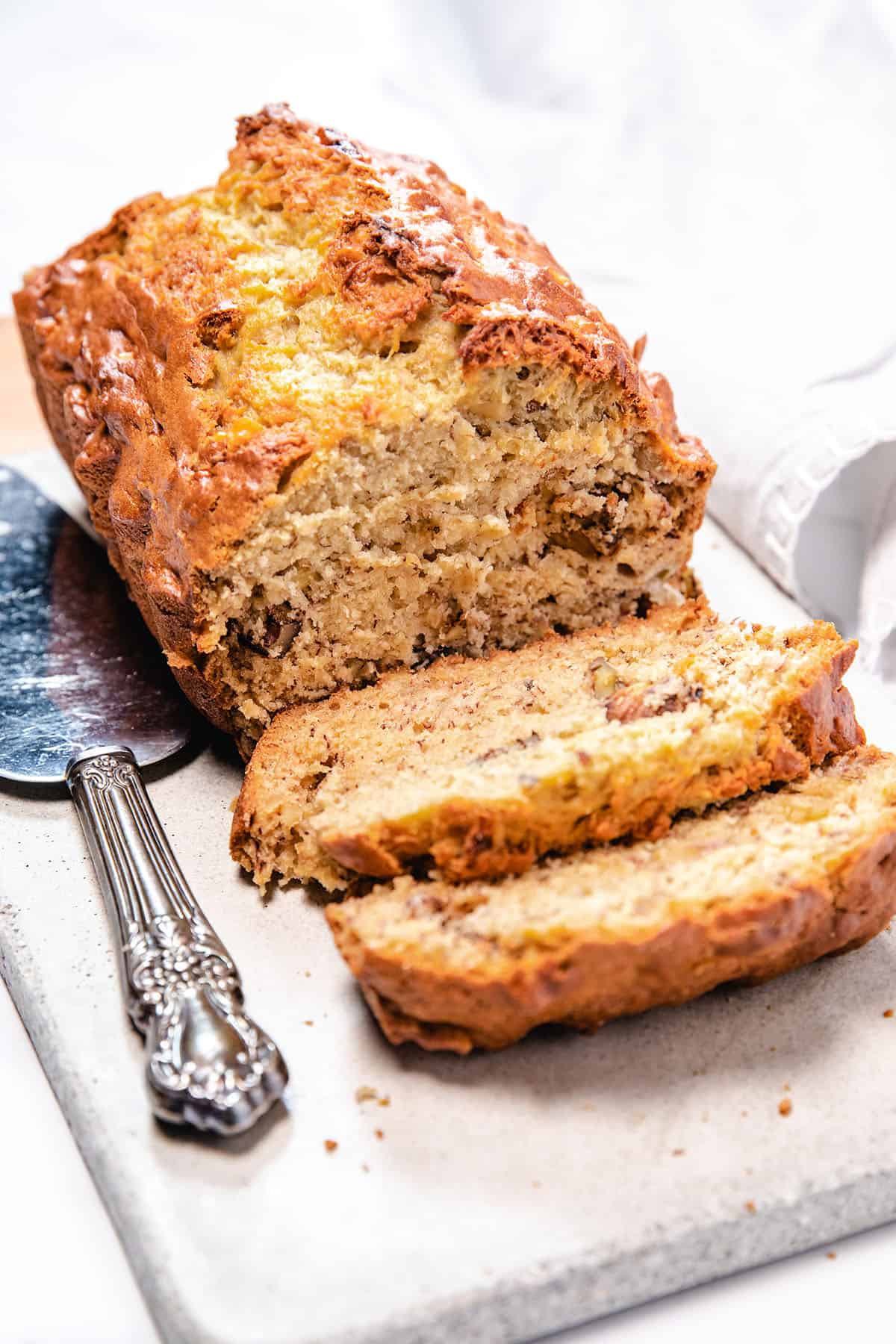
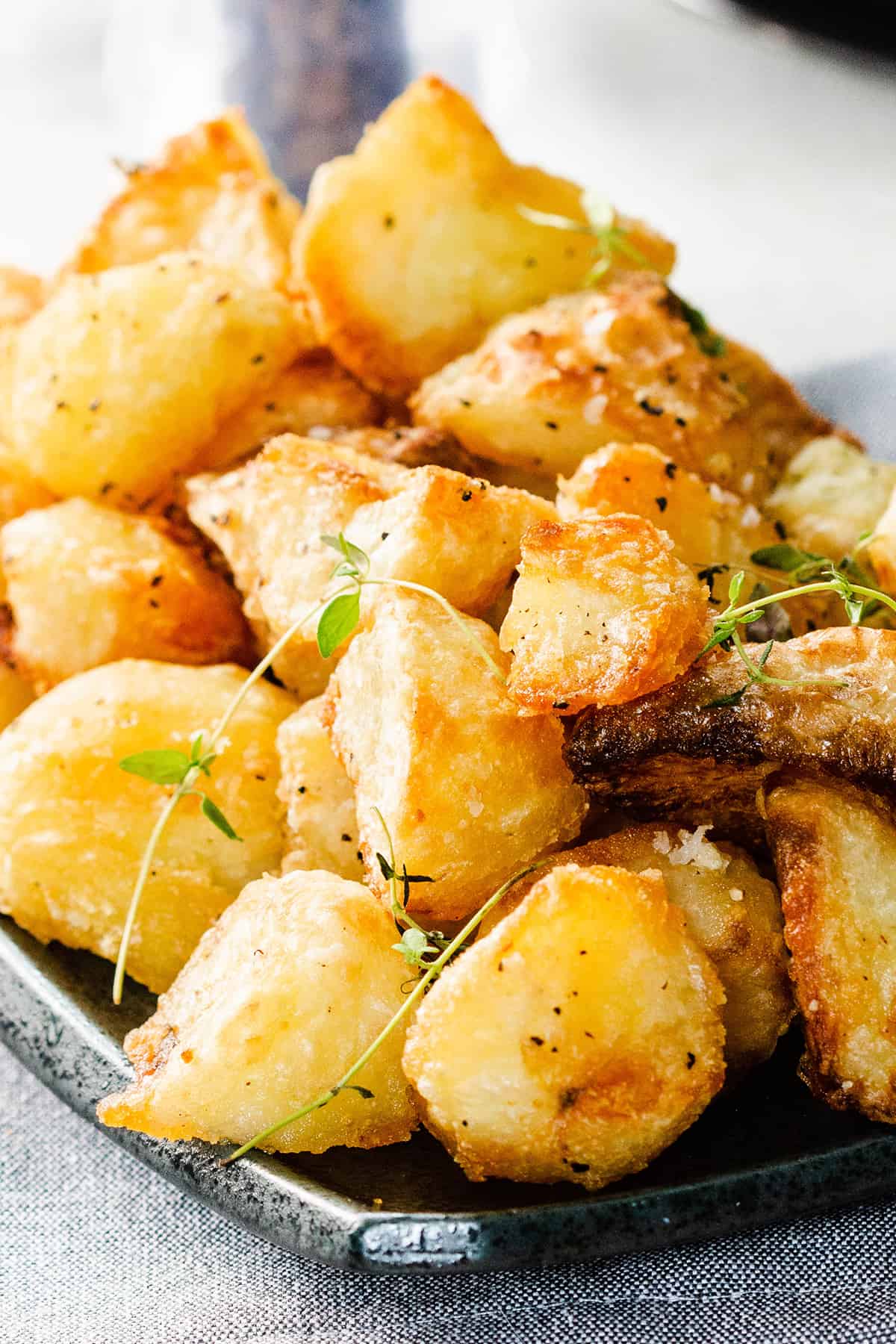
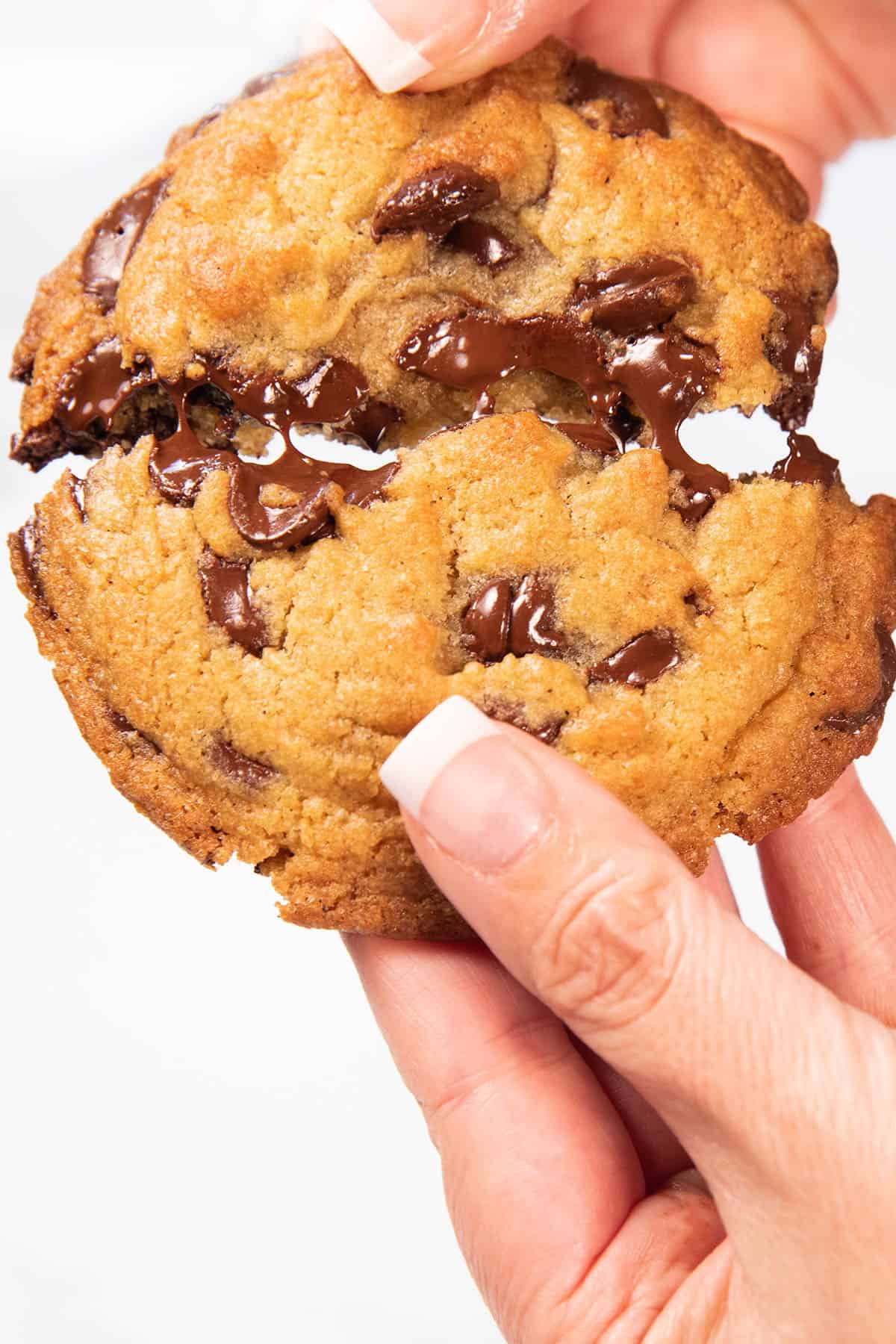
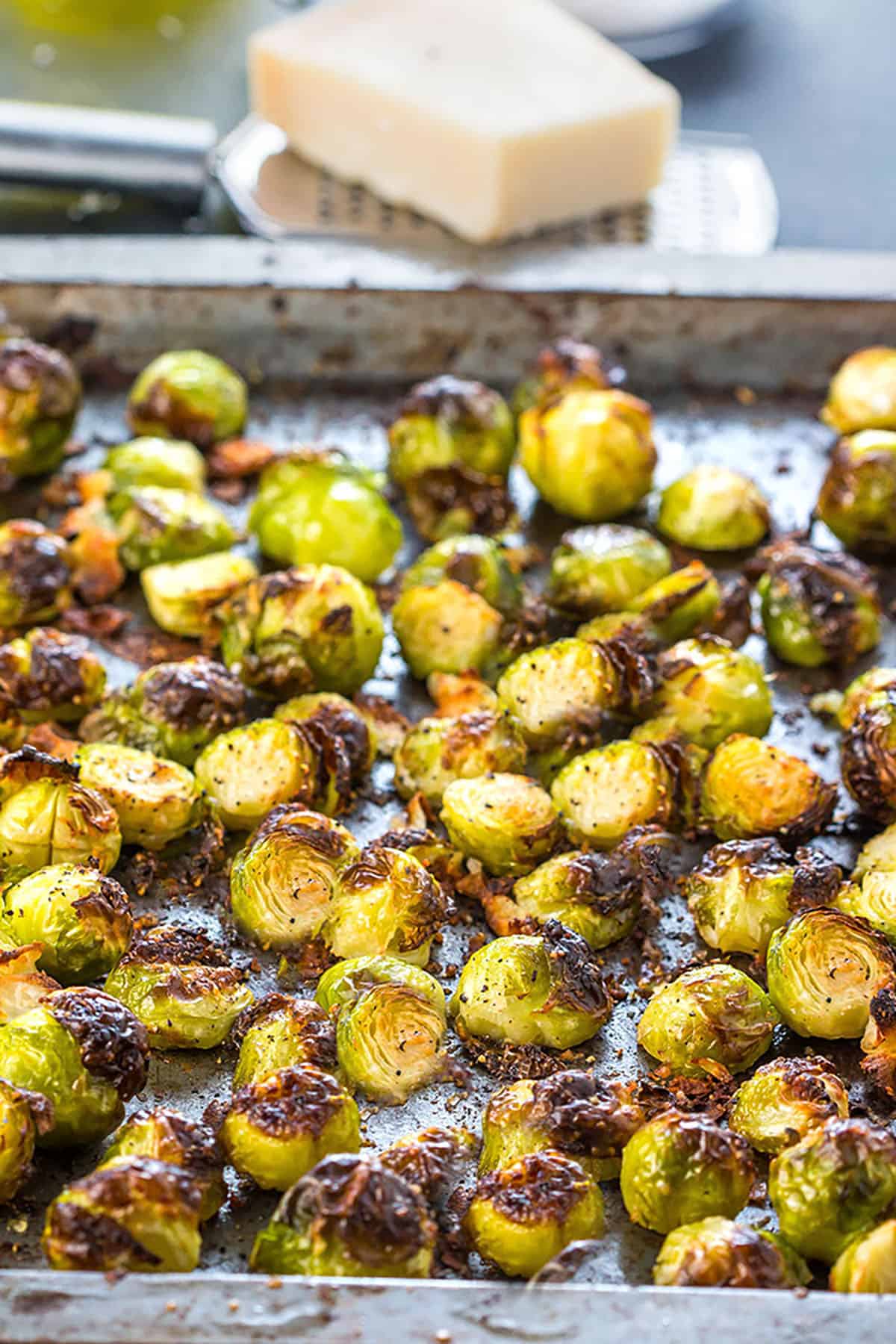
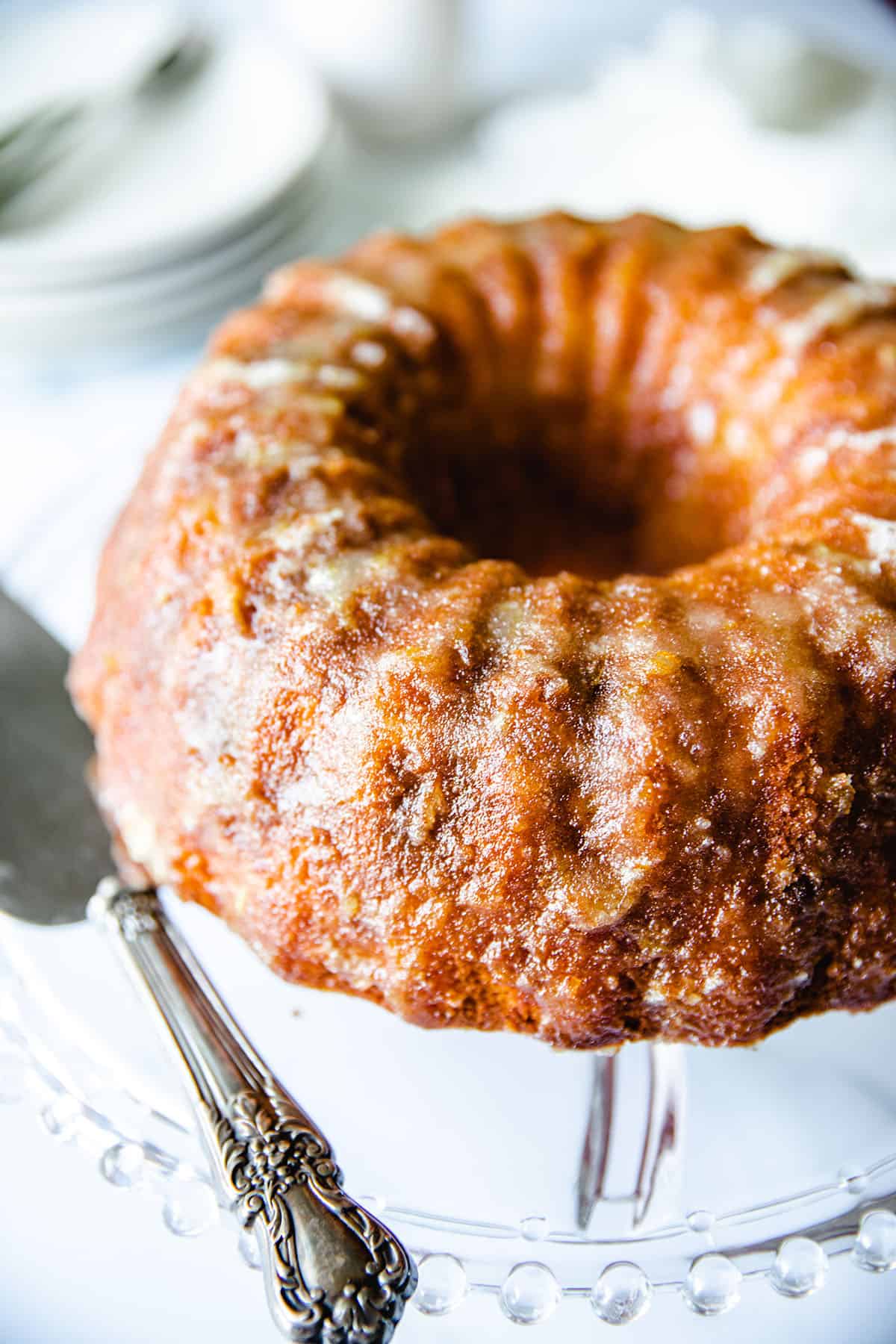
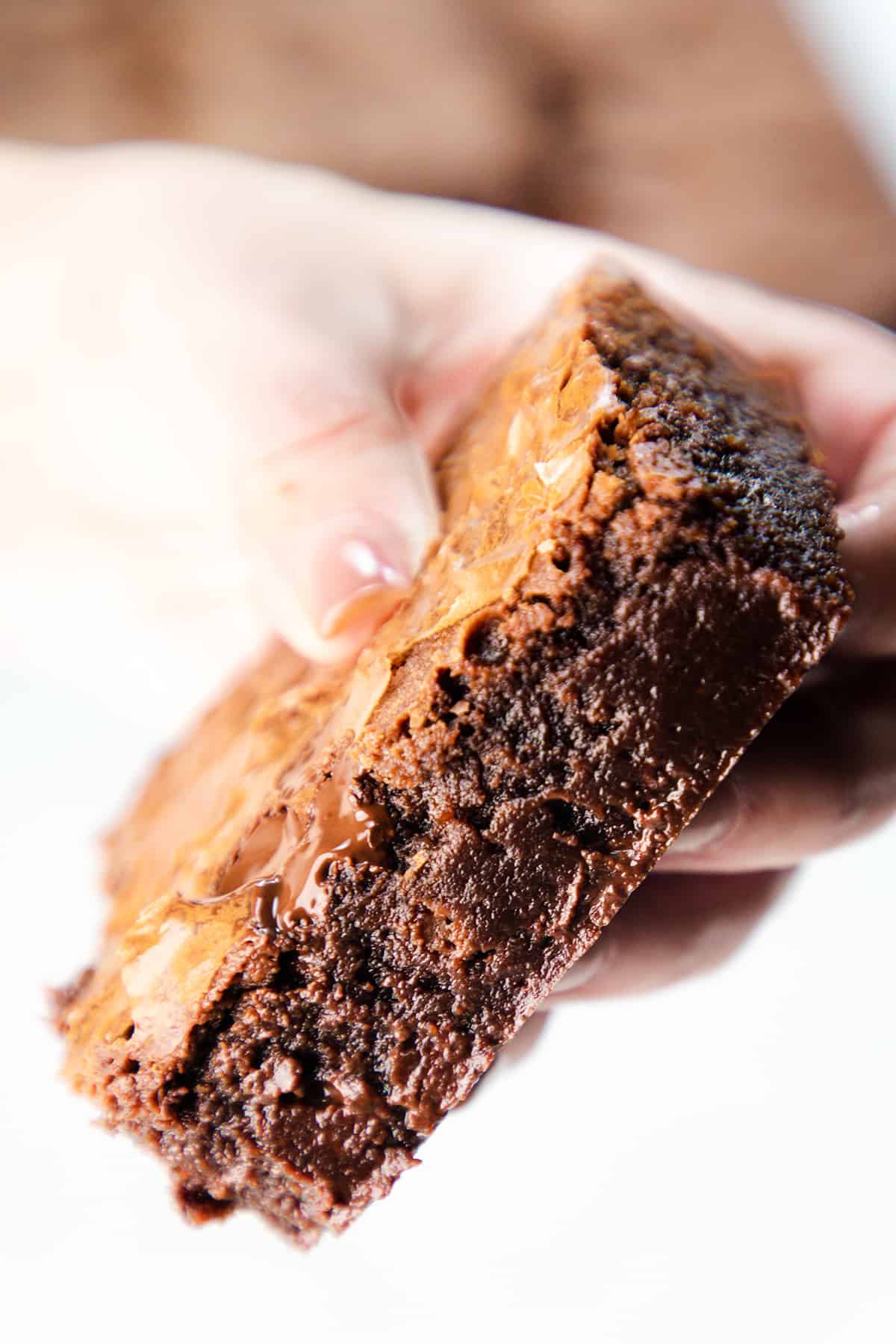

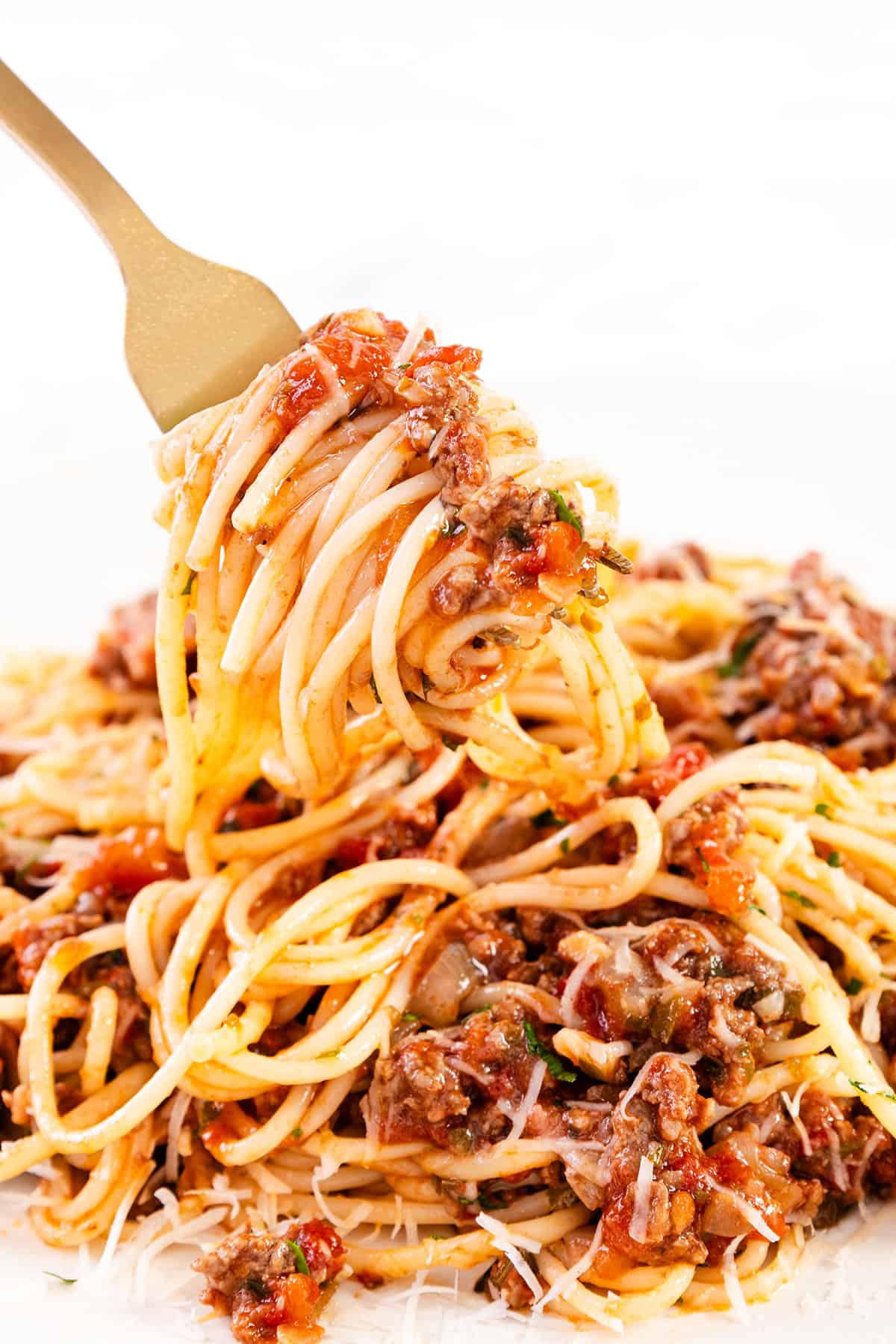
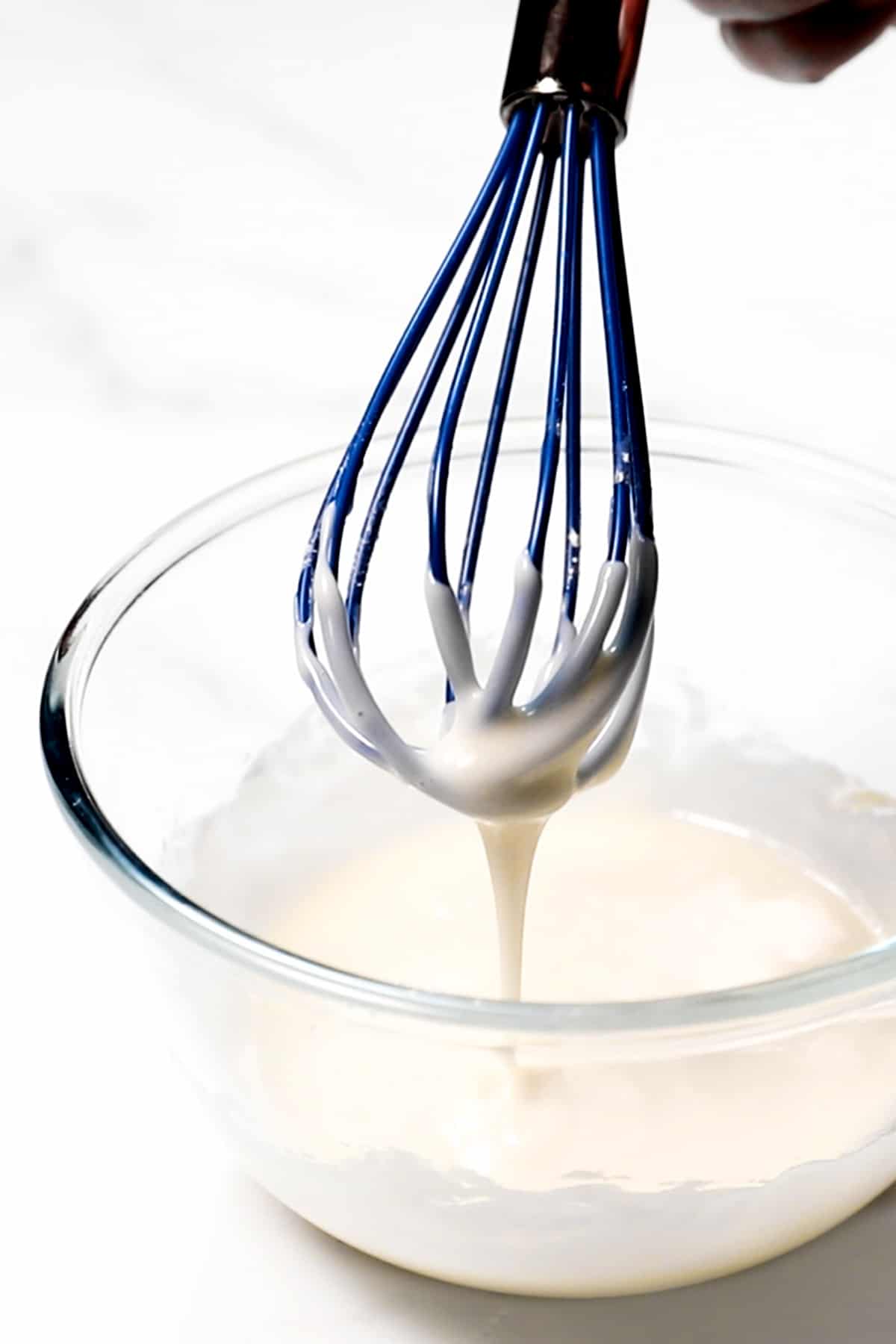

Leave a Reply